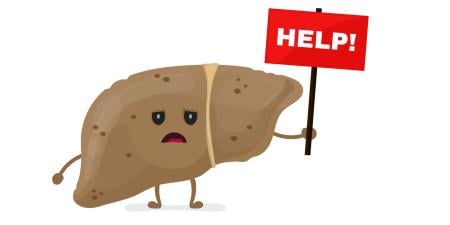In 1885, chemist Louis Pasteur tested his new rabies vaccine through the injection of 9-year-old Joseph Meister, who is otherwise unknown to history. Rabies was not widespread in France at the time, but it was highly fatal and widely feared. In fact, many parents pleaded with Pasteur to give injections to their children. In the course of reporting his results, Pasteur freely published the names, addresses, personal circumstances, and outcomes of his subjects. His methods drew criticism even in his own time.1
The history of research is littered with examples of ill treatment and insensitive ethics when it comes to the use of children. This is not to say that the science was not useful; it often was. In the late 1930s, William C. Black, MD, selected 23 children more or less at random from his patients and injected them with infected tissues in order to show that disparate symptoms were caused by a single virus, the newly discovered herpes virus.2 In 1939, Wendell Johnson, PhD, of the University of Iowa, tried to trigger stuttering patterns in normal-speaking children, with the result that some developed life-long speech impairments.3 He also tried to reinforce stuttering in children who already had stuttering patterns, with similar results. His conclusion that stuttering has its roots in learning has been widely influential. From the mid-1950s through the early 1970s, Saul Krugman, MD, was able to distinguish two strains of hepatitis virus (A and B) through his studies involving children. He did so by feeding virus samples to poor and retarded children at Willowbrook State School in New York. Children faced a long waiting list for admission to the school. Parents who agreed to enroll their children in the study won immediate acceptance.4 Dr. Krugman won several awards for this groundbreaking work. Other examples of the misuse of children are not hard to come by.5
Perhaps by way of reaction to research abuses, some ethicists took a highly protective view of children. In the 1970s, theologian Paul Ramsey put forward the view that children should not be used as research subjects when their own health is not at stake and when the research involves any physical aspect.6 He thought that research should occur only in people capable of consent, after they thoroughly review the nature and risks of the experiment. As most children are incapable of this kind of evaluation, they should be excluded from research unless the research carries some measure of benefit for them, in which case their parents should be entitled to consent on their behalf. Ramsey recognized that a great deal of research might go undone if this approach were taken, but he believed it better to err on the side of avoiding harm than to expose children to risk. Most ethicists and legislative bodies do not accept so stringent a standard.
In the United States, federal regulations specify several thresholds in regard to permissible experimentation with children. The regulations allow research that presents risks that are "no greater than minimal" so long as parents consent and the child assents as appropriate to his or her age. Some research that exceeds the threshold of minimal risk is allowable but only if it offers the child some prospect of direct benefit. For example, if a child might suffer serious side effects from an experimental drug, that treatment must on balance also hold out hope in treating the child's disease.
What if there are pressing reasons to expose children to some degree of experimental risk that is not offset by a possible direct benefit? What if that research would help advance knowledge about a disease or condition in a significant way? Federal regulations allow for studies of this kind if they involve only a minor increase over minimal risk. Researchers and oversight bodies must see to it, though, that the expected results of the study are in line with the experiences children will undergo, and consent and assent requirements still apply. If researchers want to conduct studies that involve more than a minor increase over minimal risk, a federal oversight panel must review the study, the public must be offered the opportunity to comment, and the Secretary of Health and Human Services must give his or her approval. Standards of parental consent and child assent apply here as well.7
Most medical drugs and devices are tested with adults, not children. It is important, though, to study the ill health and disorders of children in their own right. For this reason, Congress has approved incentives to spur research on the health of children. Researchers who study children receive additional years of patent protection for their drugs and medical devices. It is to the good that better treatments become available for children, yet it is to be hoped that as more and more children are involved with research their experiences will look less and less like those of their historical counterparts. For this reason, it is wise to attend to the spirit of Paul Ramsey's counsel when conducting research with children. A strong justification is surely needed in order to expose children to research risks in the name of improving the lives of others.
References
- Gerald L, Geison GL. Pasteur's work on rabies: reexamining the ethical issues. Hastings Center Report. 1978;8(2):26-33.
-
Black WC. The etiology of acute infectious gingivostomatitis (Vincent's stomatitis). J Pediatr. 1942;20:145-160.
-
Silverman F. The 'Monster' study. Journal of Fluency Disorders. 1988;13:225-231.
-
Rothman DJ, Rothman SM. The Willowbrook Wars. New York: Harper and Row; 1984:256-266.
-
Murphy TF. Case Studies in Biomedical Research Ethics. Cambridge: MIT Press; forthcoming 2004.
-
Ramsey P. The enforcement of morals: non-therapeutic research on children. Hastings Center Report. 1976;6:21-30.
-
45 Code of Federal Regulations Section 46, 402-407.



